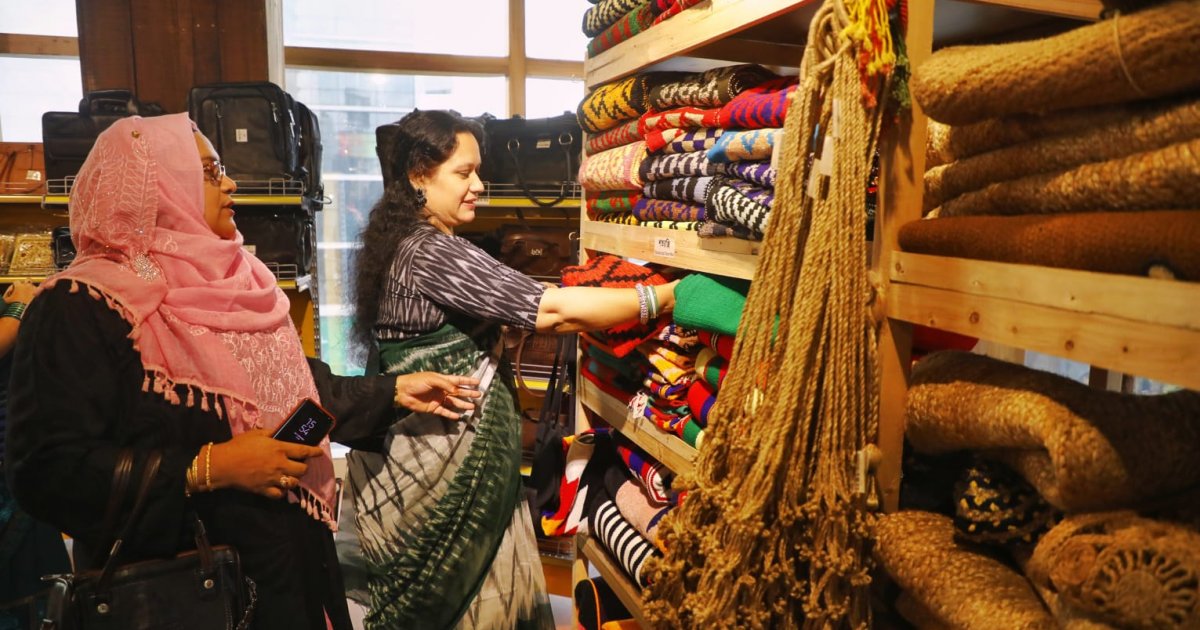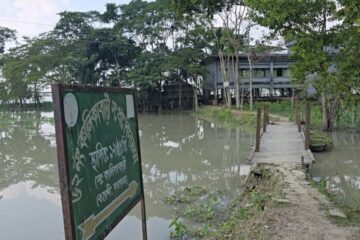Despite the increase in non-performing loans, any bank or financial institution will now be able to participate in the management of the Tk25,000 crore refinancing fund set up for small and medium entrepreneurs (CMSMEs) – even if their default rate is up to 20 percent.
On Wednesday (November 12), the SME and Special Programs Department of Bangladesh Bank issued a directive in this regard.
Through this, the conditions have been relaxed a lot compared to the previous directive.
Earlier, if a bank had more than 10% classified loans, it would lose its eligibility to use the fund.
The new directive states that the maximum limit of classified loans or investments of participating banks and financial institutions under the refinancing and pre-financing scheme has been set at 20%.
However, other conditions of the previous circular will remain unchanged.
At the same time, the central bank said that considering the government’s priority sectors, this fund of Tk25,000 crore with a tenure of 3 years will continue to operate as low-interest loans to entrepreneurs until further instructions are issued.
In July 2022, Bangladesh Bank formed this fund on its own initiative, called the ‘Refinancing Scheme Against Term Loans in the CMSME Sector.’
From this fund, banks and financial institutions will distribute loans to entrepreneurs at 2% interest, where the maximum interest rate at the customer level will be 7%.
Although the scheme has a term of 3 years, the repayment period of entrepreneurs (including the grace period) can be up to a maximum of 5 years.
The size of the fund can be increased if necessary.
The circular also states that priority should be given to women entrepreneurs, entrepreneurs with special needs and entrepreneurs affected by natural disasters or pandemics.
At least 70% of the total loans distributed should be given to the production and service sectors and a maximum of 30% to the business sector.
Of this, at least 75% of the loans will go to cottage, micro and small entrepreneurs, and the remaining 25% can be distributed to medium entrepreneurs.
It is worth noting that after the change of government, the true picture of hidden defaulted loans started to emerge since August last year.
According to the latest data from Bangladesh Bank, the amount of non-performing loans has increased by about Tk400,000 crore in just one year to Tk667,000 crore.
Of this, the default rate of government banks has exceeded 40%, while that of private banks is also above 10%.



